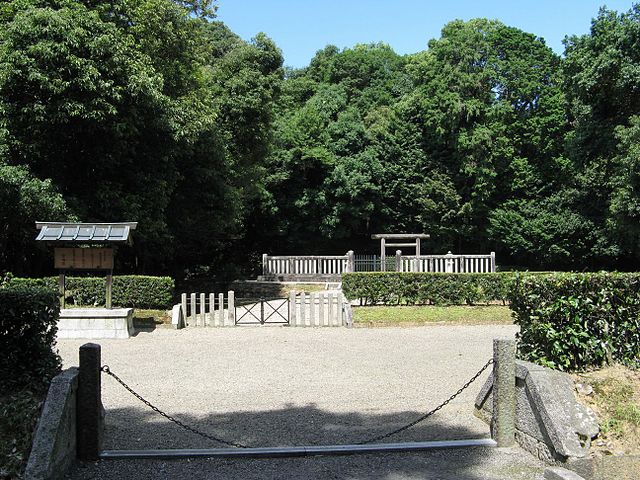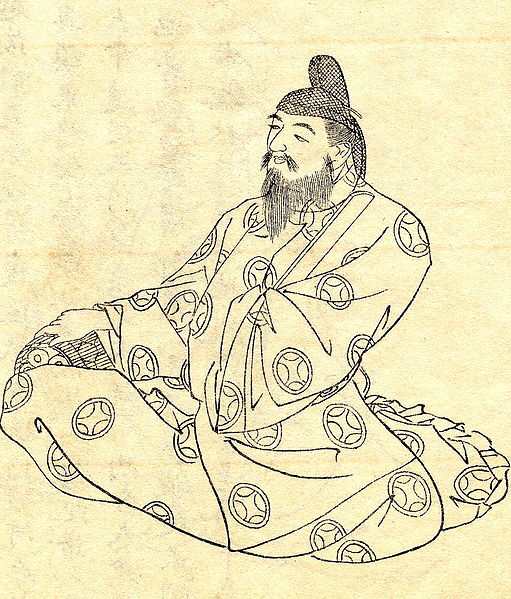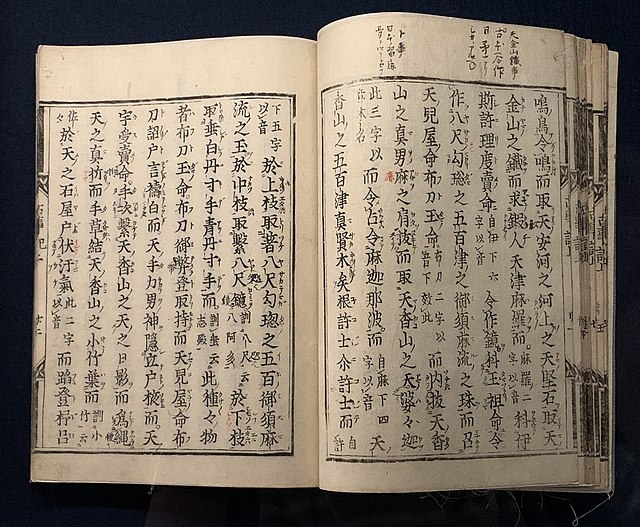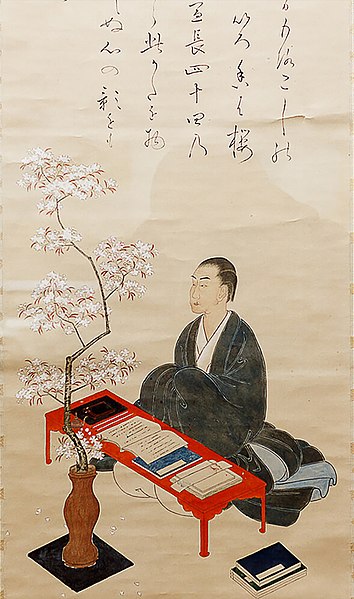Emperor Annei , also known as Shikitsuhikotamatemi no Mikoto (師木津日子玉手見命) was the third legendary emperor of Japan, according to the traditional order of succession. Very little is known about this Emperor due to a lack of material available for further verification and study. Annei is known as a "legendary emperor" among historians as his actual existence is disputed. Nothing exists in the Kojiki other than his name and genealogy. Annei's reign allegedly began in 549 BC, he had one wife and three sons. After his death in 511 BC, his second or third son supposedly became the next emperor.
Emperor Annei
Memorial Shinto shrine and mausoleum honoring Emperor Annei.
The Kojiki , also sometimes read as Furukotofumi or Furukotobumi, is an early Japanese chronicle of myths, legends, hymns, genealogies, oral traditions, and semi-historical accounts down to 641 concerning the origin of the Japanese archipelago, the kami (神), and the Japanese imperial line. It is claimed in its preface to have been composed by Ō no Yasumaro at the request of Empress Genmei in the early 8th century (711–712), and thus is usually considered to be the oldest extant literary work in Japan.
Portrait of Ō no Yasumaro by Kikuchi Yōsai (19th century)
Kan'ei Kojiki, 1644 (Kokugakuin University)
Kojiki-den by Motoori Norinaga
Motoori Norinaga






